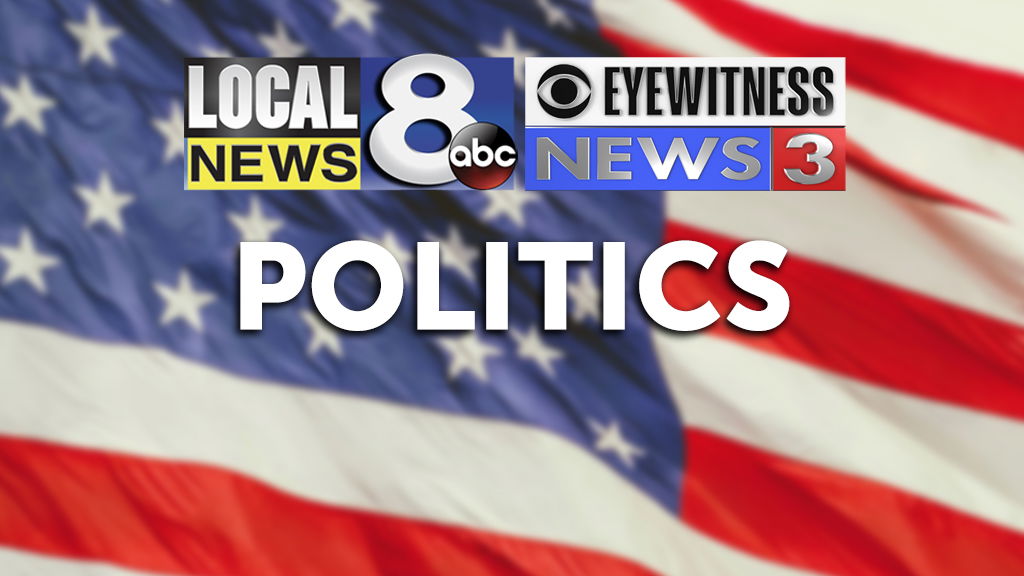Senators introduce bipartisan bill to televise Supreme Court proceedings

A bipartisan group of senators is looking to bring the Supreme Court to television, aiming to have the high court reach a new technological frontier after nearly a year of hearing arguments via teleconference due to the coronavirus pandemic.
Senate Majority Whip and Judiciary Committee Chair Dick Durbin and Sen. Chuck Grassley, the committee’s top Republican, introduced a bill on Thursday that would require the Supreme Court to allow public court proceedings to be televised.
The high court currently does not permit television cameras, and only those lucky enough to get inside the building can hear the proceedings live. Under the bill, the court could exempt proceedings from television coverage if a majority vote among the justices found that it would violate parties’ due process rights.
“It’s time to put cameras in the Supreme Court so Americans can finally see deliberations and rulings on cases, which will affect them for generations to come,” Durbin said in a joint statement. Grassley added that “opening up the Supreme Court’s public proceedings to cameras and other broadcast tools provides a window into the court for all Americans, not just those in Washington, DC.”
The Supreme Court has allowed audio livestreaming proceedings so far, but has said nothing publicly about post-Covid plans for when it could be able to conduct in-person proceedings again.
The high court has previously resisted efforts to integrate technology into court proceedings. CNN reported in 2017 that there was no support at the time among the justices to have proceedings televised.
Chief Justice John Roberts denied a congressional request that year to release same-day audio of the proceedings, after four congressmen wrote Roberts asking him to provide live audio for a major California redistricting case, to no avail. The court regularly posts all audio on its website the Friday after arguments, but to some that’s not transparent enough.
The high court’s shift to teleconferencing began in May, when it took a global pandemic for the court — an institution rooted in tradition and precedent — to change how it conducts its business.
In lieu of the pomp and circumstance associated with the highest court in the land — lawyers are still presented with quill pens, for example — the justices conducted their business beginning this spring over a simple fiber optic cable. On top of that, the justices also broke another tradition: they let the public listen in real time. Numerous outlets, including CNN, aired the proceedings live online.
Televising the Supreme Court’s proceedings isn’t a new idea. In 2016, the Government Accountability Office issued a report that found that the majority of appellate judges and lawyers interviewed by the agency cited “public education on the judiciary” as a benefit of video proceedings. The report also highlighted that two of the 13 US courts of appeals permit media video coverage of oral arguments, and that 49 states have written policies permitting video and audio coverage of oral arguments.
